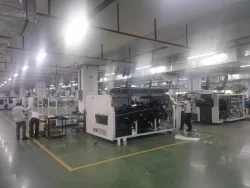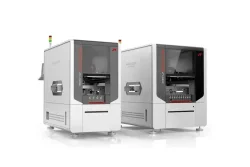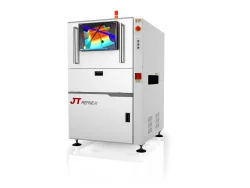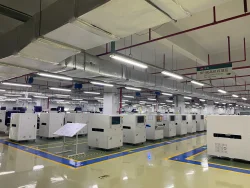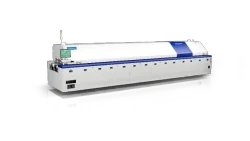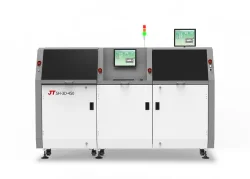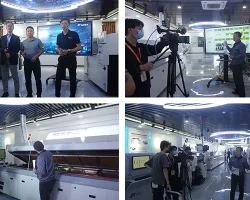2022-11-04
Reflow soldering is a method of joining electrical components by applying solder paste to the contact pads of a Printed Circuit Board (PCB) and melting it. In many aspects, the reflow soldering process is similar to conventional soldering. The main distinction is that it melts the solder with convection hot air rather than a soldering iron.
In the reflow soldering procedure, infrared light is applied to warm the air and dissolve the solder. The board is heated in a regulated manner as it passes through a tube or reflow oven. That’s why a reflow oven manufacturer plays a special role here. Let’s know more about the process.

The Pros of the Reflow Soldering Process
- The purpose of the reflow soldering process is for the solder paste to achieve the eutectic temperature, at which point the solder alloy changes phase to liquid or molten.
- It is appropriate for SMT assembly.
- Most manufacturers have confidence in this method.
- It does not need extensive monitoring.
- It requires a less thermal shock.
- It is a less wasteful method that may be used on certain PCB portions.
- A trustable reflow oven manufacturer can be enough to help.
The Reflow Soldering Process
The reflow soldering process is made up of several distinct methods. These are essential to guarantee that the board is heated properly for reflow soldering without causing excessive thermal shock.
The four stages of reflow soldering are:
- Preheat: The boards must be gradually brought up to the desired temperature. Thermal stress may harm the board or the components if the rate is too high.
Furthermore, if the printed circuit board is heated too rapidly, sections may not achieve the requisite temperature due to thermal mass. If the board is brought up to temperature too slowly, it may not achieve the necessary temperature.
The temperature rises rates of 2 to 3 °C per second are commonly utilized for the infrared reflow soldering process, while rise rates as low as 1 °C per second may be employed on occasion.
- Thermal soak: After bringing the board up to temperature, it enters what is commonly referred to as a thermal soak region. The card is kept at room temperature for two purposes. One is to ensure that any sections that are underheated due to shadowing effects are brought up to the necessary temperature. The other is to remove the solvents or volatile from the solder paste and activate the flux.
- Reflow: The reflow section in the reflow soldering process is when the maximum temperature is reached. The solder is melted, and the appropriate solder connections are formed here. The actual reflow process includes the flux lowering the surface tension at the metal interface to achieve metallurgical bonding, which allows the individual solder powder spheres to join and melt.
- Cooling: After-reflow cooling for the boards must be done in a way that does not stress the components. Excessive intermetallic development or thermal shock to the components is prevented by proper cooling. Temperatures in the cooling zone typically range from 30 to 100 °C (86 to 212 °F). The temperature in this zone produces a relatively quick cooling rate, which is selected to produce a fine grain structure in the solder, resulting in the most structural sound union.
It is crucial to have a reliable reflow oven to have a smooth and hassle-free soldering experience. Shenzhen JT Automation Equipment Co. Ltd. is a leading reflow oven manufacturer in the market, and our product provides guaranteed solutions to our customers. For any further queries, customers can contact us without any hesitation.
Why is it necessary to use a solder paste inspection machine?
The Ultimate Guide to Wave Machines: How They Work and What are the benefits
